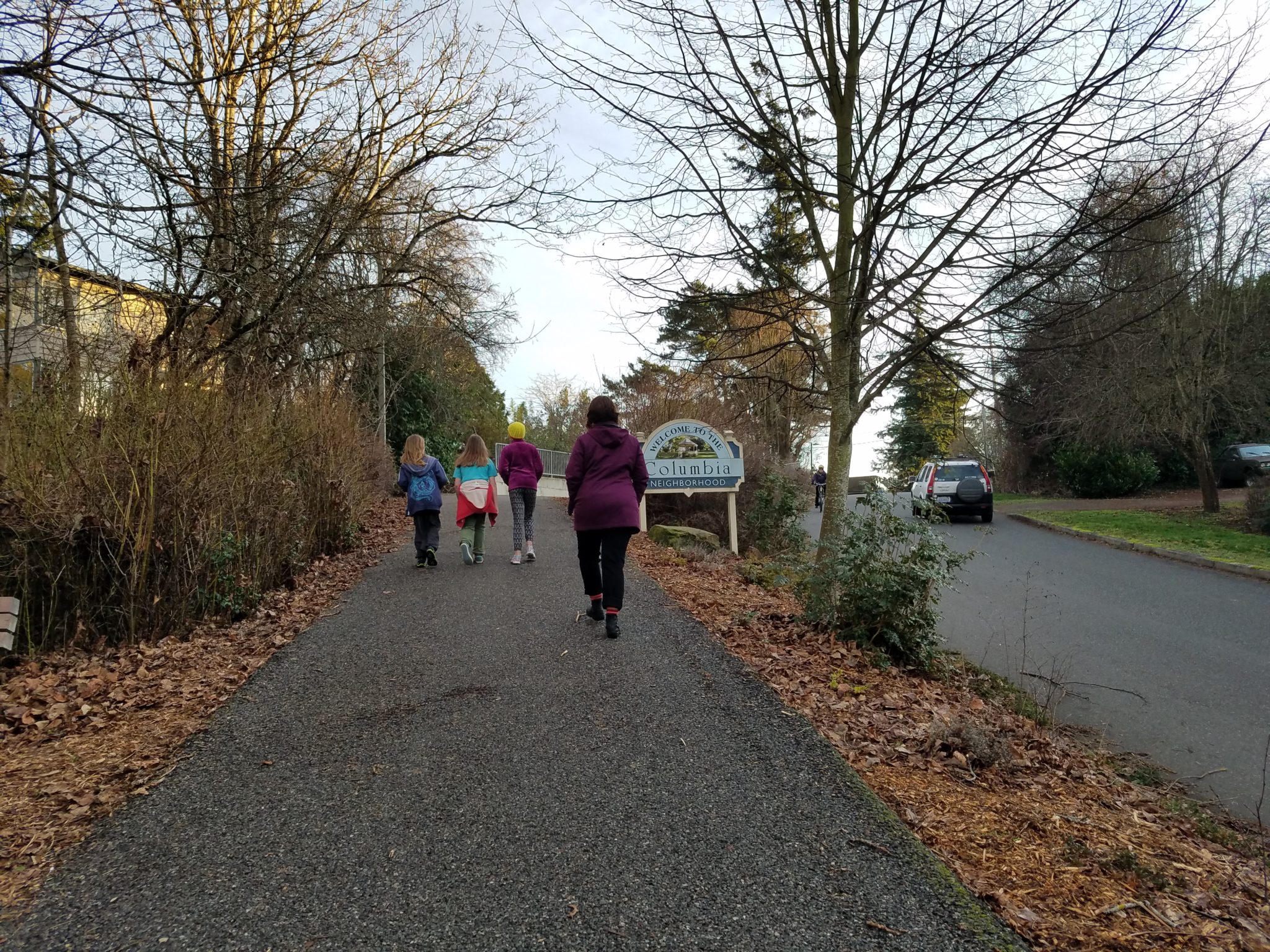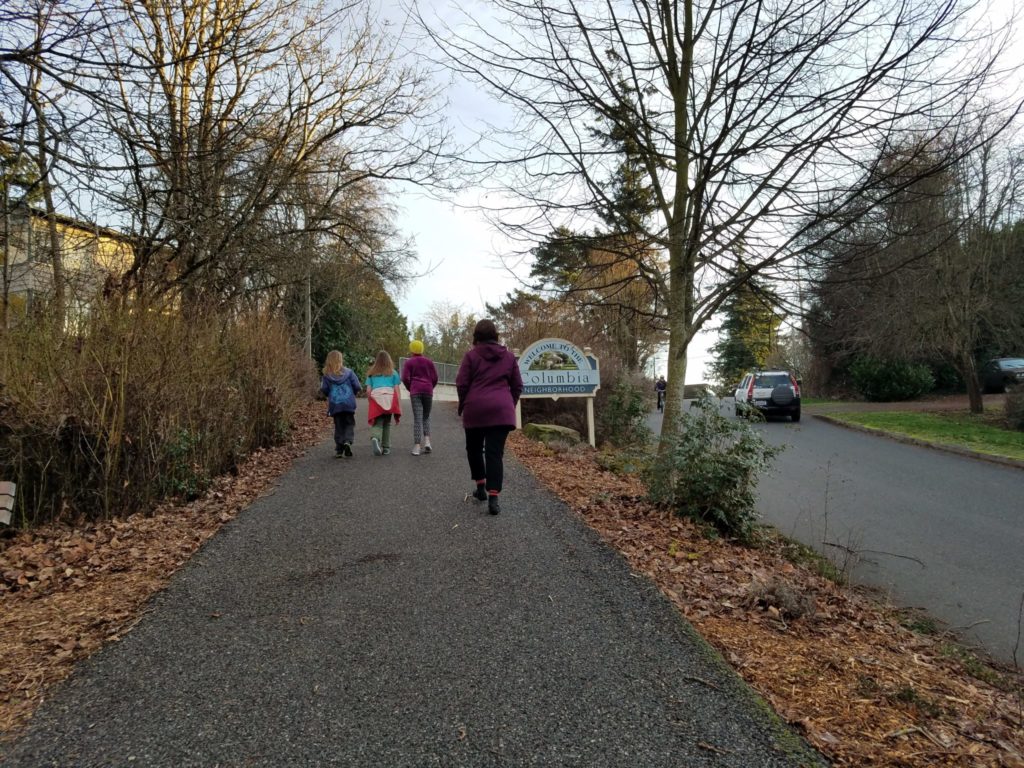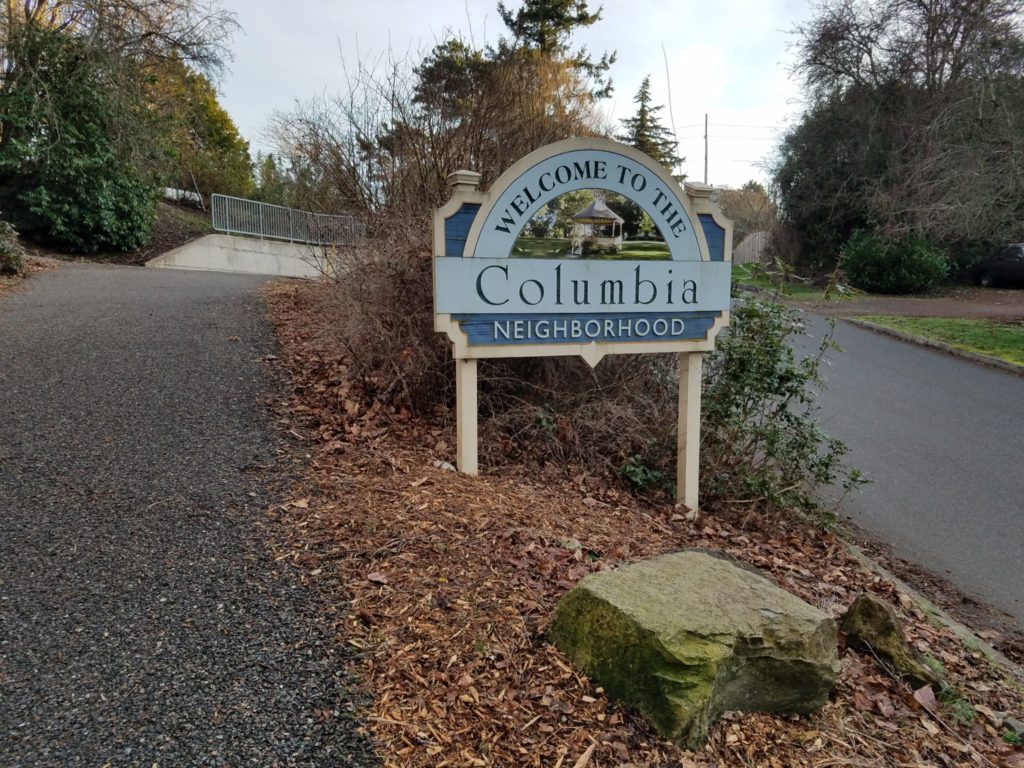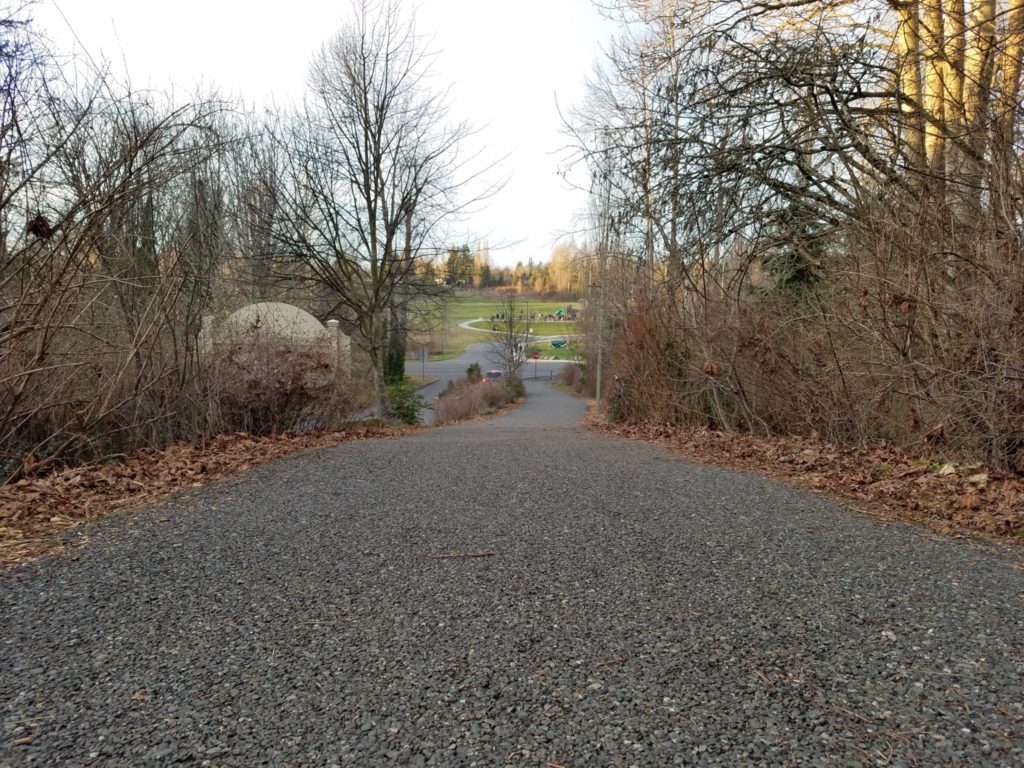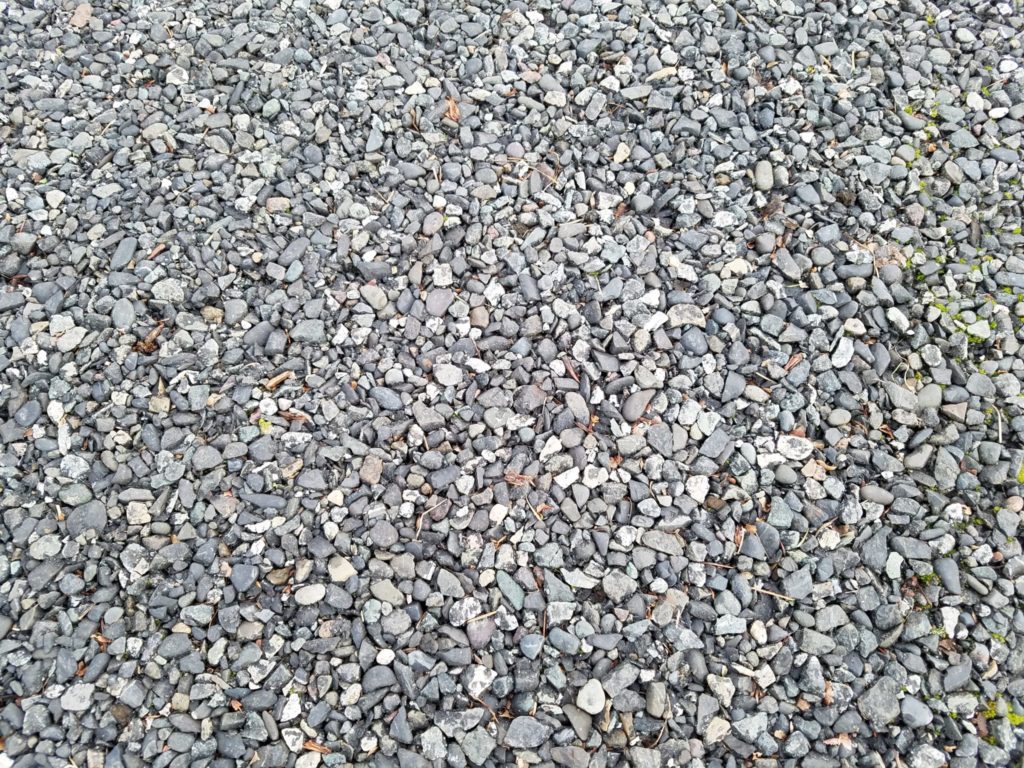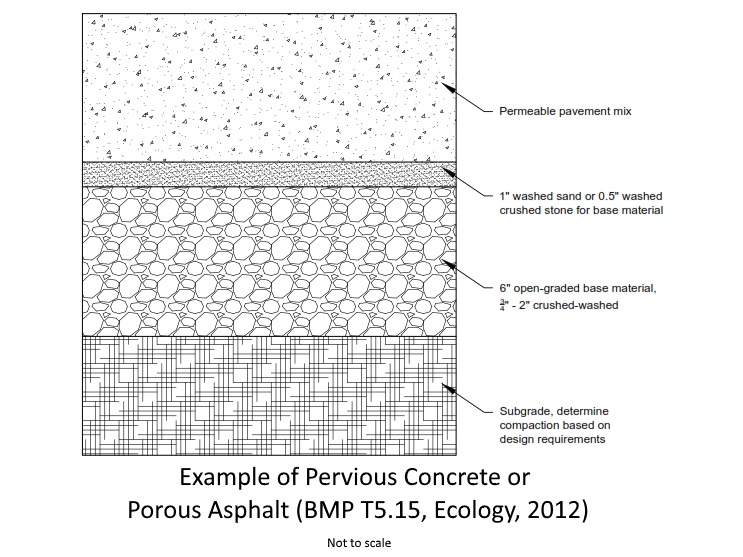Where is this located? It is the sidewalk on the left side of West Street when heading up hill from Squalicum Way.
What’s special about this place? The sidewalk next to West Street is made of porous asphalt which allows rainwater and melting snow to soak directly into the ground below this sidewalk. This prevents the water which carries sediment, leaves, and other pollutants from flowing down the hill into Squalicum Creek. As the runoff soaks into the ground, nutrients and other contaminants are removed and broken down by bacteria in the soil. With the sidewalk’s proximity to Squalicum Creek, this is an ideal solution on this steep hill for reducing urban runoff into the creek.
image gallery
select any photo to see a slideshow
